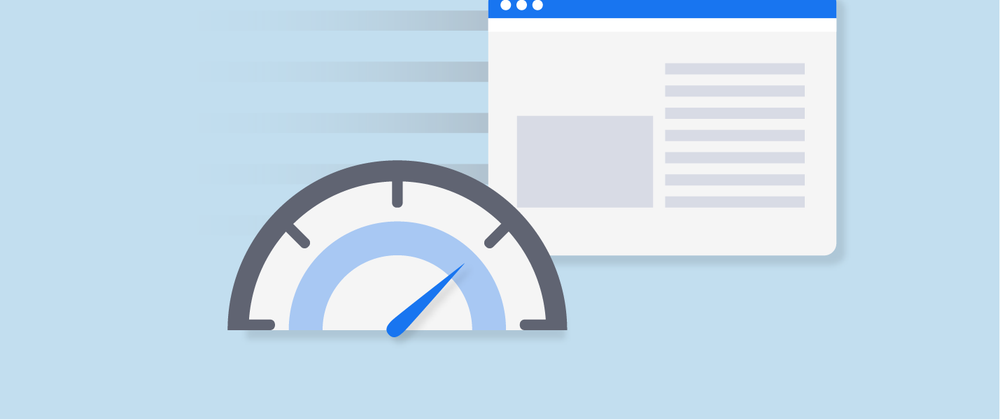Introduction
In today's fast-paced digital environment, website visitors have high expectations for loading times. A slow-loading website can lead to user frustration, high bounce rates, and negative search engine results. To ensure a smooth user experience and maximize user engagement, it is important for web developers to prioritize website performance. In this blog post, we explore best practices and techniques to boost website performance and load times.
1. Optimizing the size and format of images
Images often make up the majority of the size of a web page. By optimizing image size and format, you can significantly increase load times. Consider compressing images without compromising visual quality and choose suitable formats such as JPEG, PNG, or WebP. In addition, the lazy loading technique can be used to load images only when they are visible to the user, reducing the initial page load time.
2. Minify and merge CSS and JavaScript
Minification is the process of removing unnecessary characters, spaces, and comments from CSS and JavaScript files. Minifying these files reduces their size, resulting in faster downloads and better download times. Additionally, combining multiple CSS and JavaScript files into a single file reduces the number of HTTP requests and further improves performance.
3. Leverage Browser Caching
By enabling browser caching, your website content can be stored on the user's device, reducing the need to repeatedly download it from the server. By specifying the appropriate caching headers, you can specify how long certain resources should be retained. This significantly improves subsequent page loads, as the browser can retrieve resources locally instead of making additional requests.
4. Use Content Distribution Networks (CDNs)
CDNs are geographically distributed networks of servers that store cached versions of your website's static content. Using a CDN can deliver your website's resources to the user from the closest server, reducing latency and speeding up load times. This is especially useful for websites with a global audience.
5. Enable Gzip compression
Gzip compression is a technology that reduces the size of web files before sending them to the browser. By enabling Gzip compression on your web server, you can significantly reduce file size, resulting in faster downloads. Most modern web servers and frameworks support Gzip compression, making it relatively easy to implement.
6. Reduce server response time
The response time of the server directly affects the loading speed of the web page. Optimizing server settings, database queries, and code execution can help reduce server response time. Use caching mechanisms, database indexing, and efficient coding techniques to minimize the time it takes the server to create a web page and deliver it to the user.
7. Prioritize content at the top of the page
Content at the top of the page refers to the part of the web page that is initially visible without scrolling. To improve perceived load times, prioritize delivering content at the top of the page and ensure it loads quickly and efficiently. The lazy loading technique mentioned earlier can be used to delay the loading of sub-capacity content until it becomes necessary.
8. Continuous performance monitoring
Maintaining a website is not a one-time task, but an ongoing effort. Implementing performance monitoring tools and regularly analyzing performance metrics will help identify bottlenecks, track improvements and ensure your site's load times are optimal. Tools like Google PageSpeed Insights, GTmetrix, and WebPageTest provide valuable information and recommendations to improve website performance.
Conclusion
In today's competitive online environment, website performance is a critical factor that directly affects user experience and business success. Applying these best practices to boost site performance, you can provide a fast and smooth browsing experience that keeps users engaged and satisfied. Prioritize performance optimization as an integral part of the web development process to stay ahead of the curve and deliver a fast and efficient loading site. I hope this blog post will help you improve your website's performance. By applying these best practices, you can create a faster, more responsive website that will delight your users.







Top comments (0)